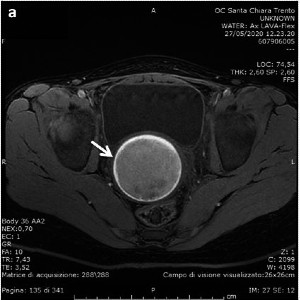FOR AUTHORS
Themes by Openjournaltheme.com
authors
reviewers
FOR REVIEWERS
Most read last month
-
1318
-
289
-
219
-
184
-
154
Keywords
Two-balloon epistaxis catheter to ensure vaginal patency in a complex case of vaginoplasty for vaginal agenesis: a case report
27 November 2023
Chiara Costantini et al.
Spontaneous resolution and the role of endoscopic surgery in the treatment of primary obstructive megaureter: a review of the literature
19 December 2023
George Vlad Isac et al.
The hidden burden of Pediatric urology in Sub-Saharan Africa: an analysis of hospital admission data from three East African Health Centres
23 January 2024
Alessandro Calisti et al.




